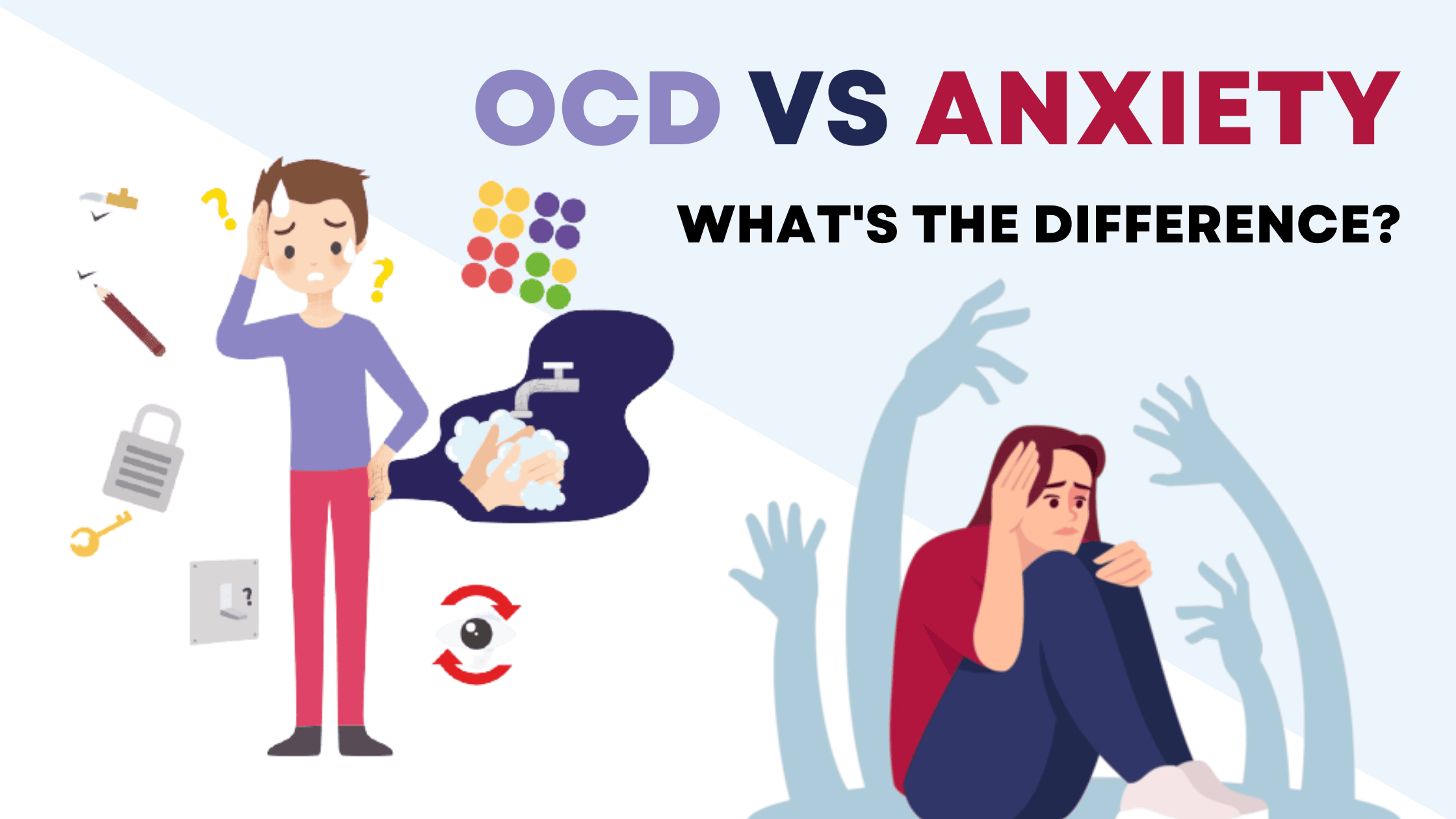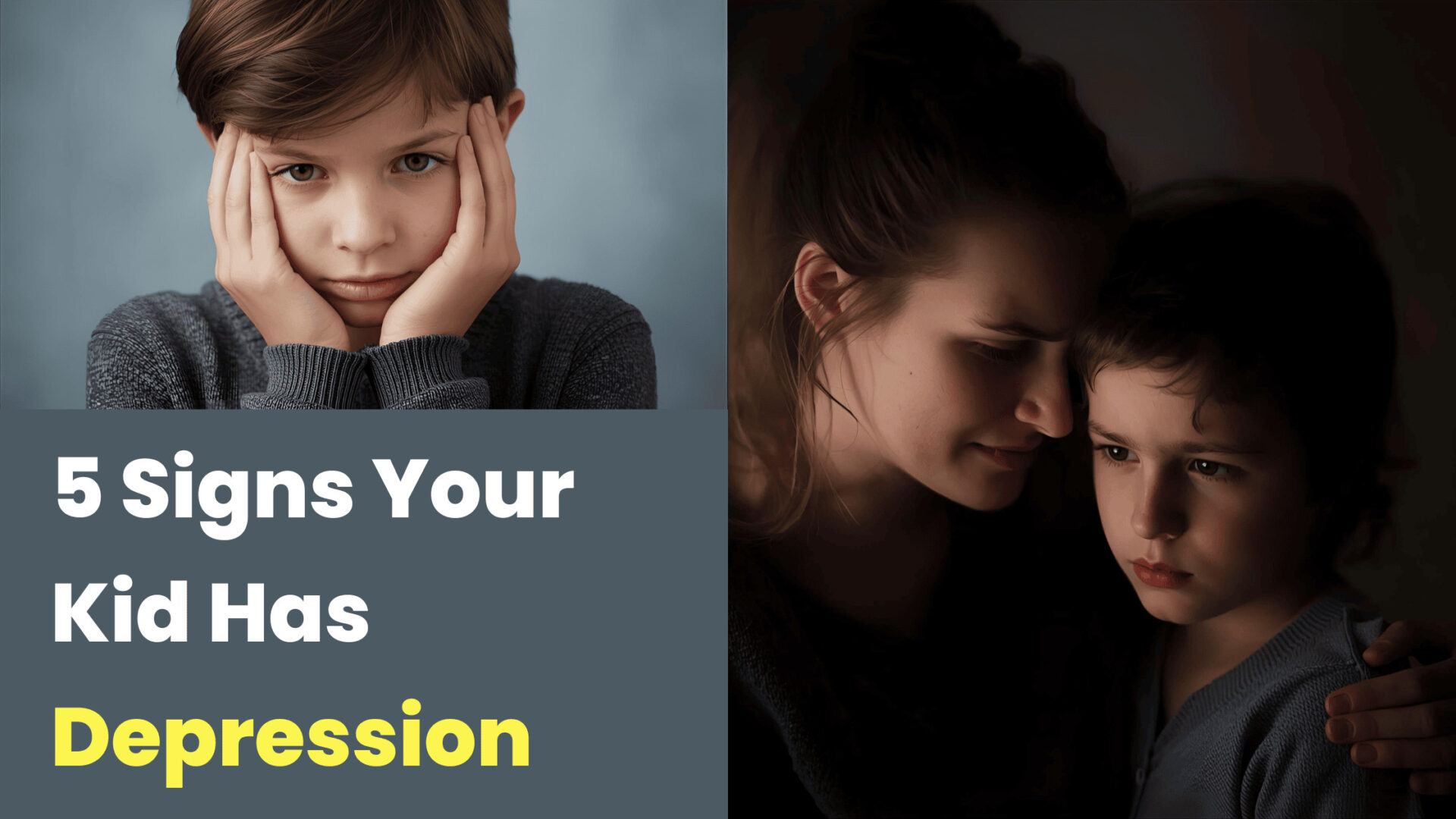OCD – Obsessive Compulsive Disorder
Anxiety – Feeling of fear, dread and uneasiness in the absence of an object
Fear – Feeling of fear in the presence of an Object
Many people are confused between Anxiety and OCD. However both have different symptoms, but anxiety may cause OCD and vice versa. Essentially, in both disorders, one is feeling a lot of pressure, and they need to realise this pressure.
Hence, some of the compulsion or behaviour is mandated to do for that person. It looks so simple, but if you can empathise with nearby people who suffer from such symptoms, you might get an idea of how terrible it is. Therefore, you need to understand the difference and how to overcome it.
Understanding the Distinction: OCD vs. Anxiety
Obsessive-Compulsive Disorder (OCD) and anxiety are often intertwined, yet they represent distinct mental and emotional challenges that require tailored approaches for effective management. Grasping these differences is essential for both sufferers and caregivers alike.
OCD is marked by relentless, intrusive thoughts—known as obsessions—that provoke intense anxiety and compel individuals to engage in repetitive behaviours or rituals (compulsions). These compulsions may provide only temporary relief, creating a cycle that can be incredibly debilitating and time-consuming. There are various types of OCDs,
- Contamination/Cleaning OCD: One is obsessed with cleaning or contamination and hence experiences a compulsion to clean continuously, such as through hand washing or avoiding places where contamination is likely to occur.
- Ordering OCD: One has an obsession with doing things in a specific order or with perfection and constantly manages things. They have the compulsion of putting things in order, counting, checking (checking locks), and repetitive actions to achieve the desired results.
- Harm OCD: One has obsessive thoughts of harming self or others, and hence, it is compulsive to check repetitive alarms or locks or mental rituals to prevent harm to self or others.
- Storing (Hoarding) OCD: This type of OCD is characterised by an obsession with storing unwanted items, even if they are of no use or have no sentimental value. Compulsive behaviours include storing unnecessary items, being disorganised, and struggling to manage the home effectively.
There are also different types of OCDs, such as religious thought OCD, “Taboo”, or moral OCD, etc.
In contrast, anxiety encompasses a broader spectrum of emotional responses, including general worry, fear, and apprehension about future occurrences. While anxiety can certainly manifest within the context of OCD, it also exists independently in various forms, such as generalised anxiety disorder, panic disorder, and social anxiety disorder. There are multiple types of anxiety as well:
- Generalised Anxiety Disorder (GAD): Generalised anxiety about the future or various parts of life. Which affects daily life.
- Panic Disorder: Sudden and intense fear of something that reflects in the body.
- Specific Phobia: Having a fear of heights, lift, crowd or loud noise.
- Social Anxiety (Social Phobia): Fear of people or people’s judgements of perception.
- Separation Phobia: Intense worries about separation from loved ones or divorce.
- Selective Mutism: Unable to speak at some specific social gatherings, especially being able to talk.
- Obsessive Compulsive Disorder: Intense and intrusive obsessive thoughts lead by some compulsive behaviours.
- Agoraphobia: Where there is thought of not being able to escape or not getting help in trouble.
- Illness Anxiety Disorder (Hyperchondriac): Where a person has continuous anxiety about getting ill or having bad health.
- Post-Traumatic Stress Disorder: One is thinking thought of not facing such trauma again in future.
Why is it important to understand the difference between OCD and Anxiety?
Recognising that OCD is defined by its specific obsessions and compulsions sets it apart from the more general experience of anxiety. This understanding is crucial not just for effective treatment but also for fostering compassion and support for those navigating these challenging mental health conditions.
Understanding the difference between OCD and Anxiety is essential for various reasons:
- Effective Treatment
OCD is generally cured by Exposure and response prevention therapy, while anxiety can be cured by Cognitive Behaviour Therapy, relaxation techniques and improving intrapersonal skills. Also, it can be cured with psychiatric help. Proper diagnosis helps select the right therapeutic path.
- Effective Support
Recognising the specific struggles associated with each disorder can lead to more compassionate and practical support from friends, family, and mental health professionals. Understanding that OCD involves compulsive behaviours can help others provide appropriate encouragement and assistance.
- Fight with Stigma
With Awareness of OCD and Anxiety, one can be clear about what is clinical and what is non-clinical. It is not just the thoughts or overthinking, but it is a serious psychological and emotional breakdown where one needs professional therapy help.
- Enhanced self-awareness and management
Self-awareness is crucial, as we often do not understand what we think, feel, and do. Because in the information era, we are all surrounded by a chaotic environment. Performing all the time is most crucial and needs lots of attention to be effective. Once you understand such issues, it helps in managing yourself, and Awareness helps to manage behaviours and actions.
- Communicate well, somewhat ashamed
Speaking about emotional and psychological issues means you are weak. Still, this taboo is there in society. You can’t be mentally weak, and you always have to show up strong. However, when you are self-aware and communicate effectively about your actions, you will be less judgmental of others and more accepting of them. The other can care for themselves as normally as any other person.
- Realistic Goals settings
Nothing can be achieved if you do not know what you want and why. Once you recognise that you are lacking in something, it causes a lot of issues in daily life and at work, rather than Awareness setting up realistic goals. Non-clarity leads to lots of false hopes and decisions. And eventually drifted apart.
The most important to remember is That Awareness brings clarity, and clarity brings confidence, which in turn brings clear decisions.








